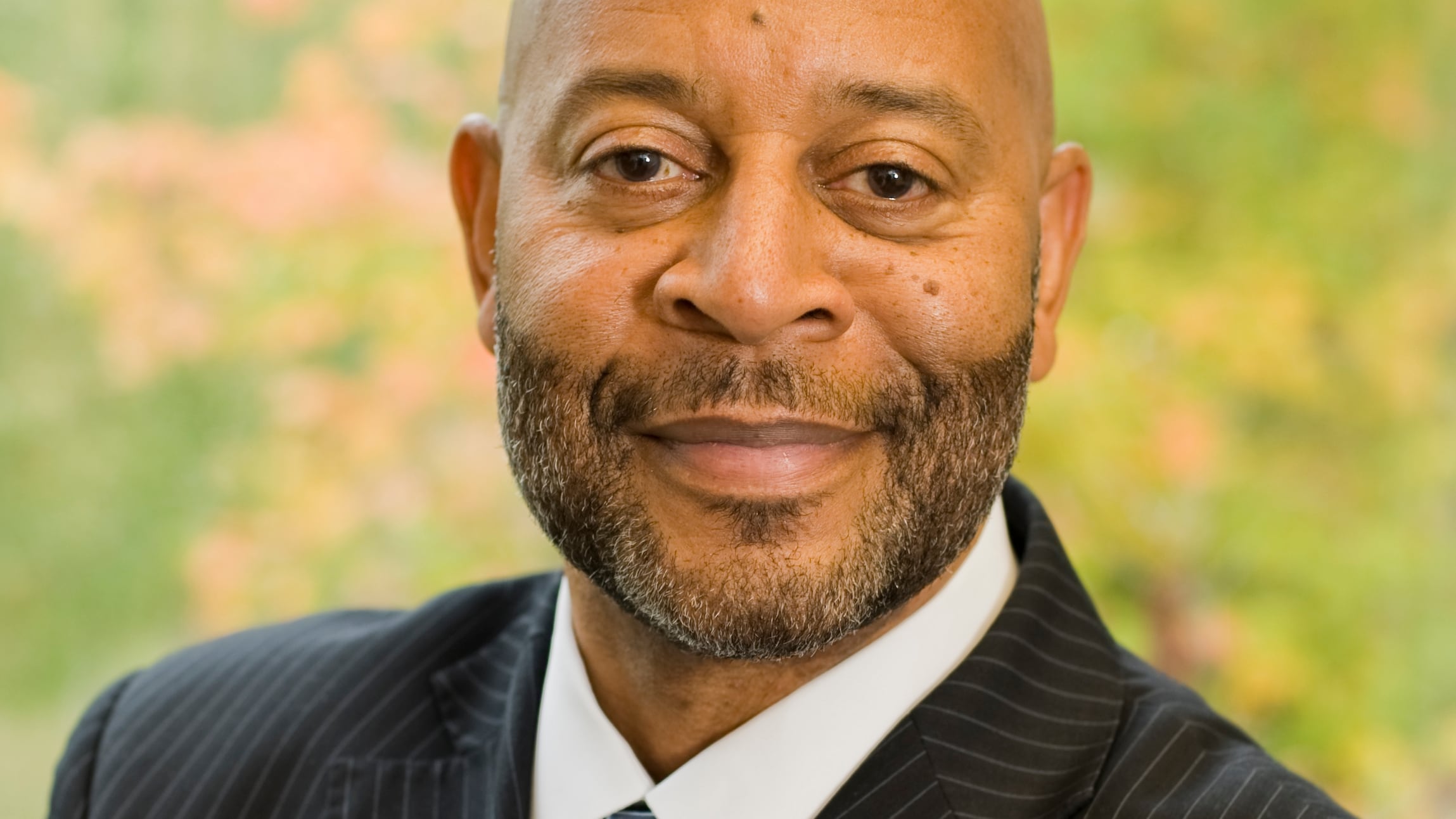When Tony Hopson Sr. founded Self Enhancement Inc. 43 years ago, he didn’t imagine it would grow into an organization that employs 225 people, boasts an annual budget of $32 million and offers services to 17,000 children, most of them Black.
Along the way, Hopson, a 1972 graduate of Jefferson High School, helped save his alma mater from closure (enrollment had dipped to crisis levels and the graduation rate barely topped 50% when SEI got deeply involved in 2010). He’s been a leader on numerous community issues, most recently helping the newly established 1803 Fund decide how to spend $400 million.
A lot has changed on Hopson’s watch: SEI used to depend on the philanthropy of individuals, such as investor Eli Morgan and the late steel and property magnate Howard Hedinger, who once raised his auction paddle for $1 million at an SEI gala. Now, about 85% of SEI’s funding comes from government sources.
Hopson, 70, announced Aug. 16 that he’d hand control of SEI to Trent Aldridge, the organization’s chief program officer. WW sat down with him for an exit interview at SEI headquarters in Unthank Park. The interview has been edited for brevity and clarity.
WW: What’s changed over the past 40-plus years with the kids SEI serves?
Tony Hopson Jr.: On the upside, we see more kids going to college and getting into vocational training. On the downside, a lot has changed coming out of the COVID era. It’s harder to get kids to focus on the long term. They’re not looking for something purpose driven. It’s kind of like they just want a job.
In the past, you’ve been a fierce critic of how Portland Public Schools handled Black students. What’s your assessment now?
PPS hasn’t changed dramatically in terms of its work with kids of color. They’ve always talked a good game. But they have not changed drastically. And it’s not because of a lack of trying, but ultimately what happens to a kid in Portland Public Schools is based on what happens in the classroom. And PPS, in my opinion, just has not done a good job of hiring and retaining teachers of color.
Historically, Portland’s Black community was concentrated in Albina because of discriminatory policies. Now that community is dispersed. What’s your take on that?
It’s a bad thing. We all need a sense of family and a sense of a place. When we had a community, it was easy to kind of see yourself and at least step in some spaces where you were the majority. Now that folks have been dispersed, you don’t get that. We’re all working at ways to try to bring some people back. It’ll never be like it was, but it would be great for more African American families to live in inner North and Northeast.
Earlier this year, the feds gave $450 million to cap Interstate 5 and try to rebuild part of Albina. Your thoughts?
I’m not against it, but my question is ultimately who ends up living there? I’m still concerned about the folks on the ground that we work with every day. And there’s a part of me that doesn’t envision many of them ending up down there in some high-rise. I’m worried that they’ll build it and no one can afford to even be there.
You’re on the board of the 1803 Fund, which got $400 million from Phil and Penny Knight. How would you like to see that money invested?
Education. How do we get beyond making a difference to making the difference? Given the small number of African Americans in this state, I believe we have the ability to touch every single African American family. My goal through the 1803 Fund, if I can convince them, would be to give us enough money to expand what Ronnie Herndon is doing at Albina Head Start, expand what we’re doing, work with some other organizations, and have the highest graduation rate for Black kids in the nation.
How?
Wraparound services for the whole family. Most Black kids in the Portland metro area are going home to a single Black mama. I’d say probably 70% of them. The goal would be to make her life better, make sure she’s got a job. If there’s drug and alcohol issues, get her outta that. I mean, that’s how you save the kids.
Talking about family dynamics can be pretty tricky.
Yeah, always. Most of that is the young men. Trying put positive role models in front of them where you see a man and a woman raising a child and thinking that’s really the best way to do that. It’s not like we get on our soapbox and try to convince them of what they need to do. But they see it. They see it and they know it.
SEI says 98% of the kids it helps graduate from high school. Your critics say many of the kids you help would have graduated anyway.
That’s never been the case. Look at Jefferson. It has 500 kids and we work with more than 400 of them. When we started there, we worked with about 40 and they only had a 54% graduation rate. We turn around and serve 400 of the 500. And the graduation rate goes to over 90%.
What frustrates you?
Everybody talks about the importance of educating poor children and children of color. But what I’ve come to realize is that people who could make a difference aren’t really serious. When COVID showed up, we found billions of dollars to fix that problem. What that said to me is that anything that we care enough about, we can fix.
So the government and foundations are focused on too many issues?
No, there are too many nonprofits here. Period. Oregon has one of the largest numbers of nonprofits per capita in the nation. So we spread the money out and we give a little bit of money here, there and everywhere. And that’s not the way to speak to the problem. You take the money and put it on what works, and then you scale that up.

